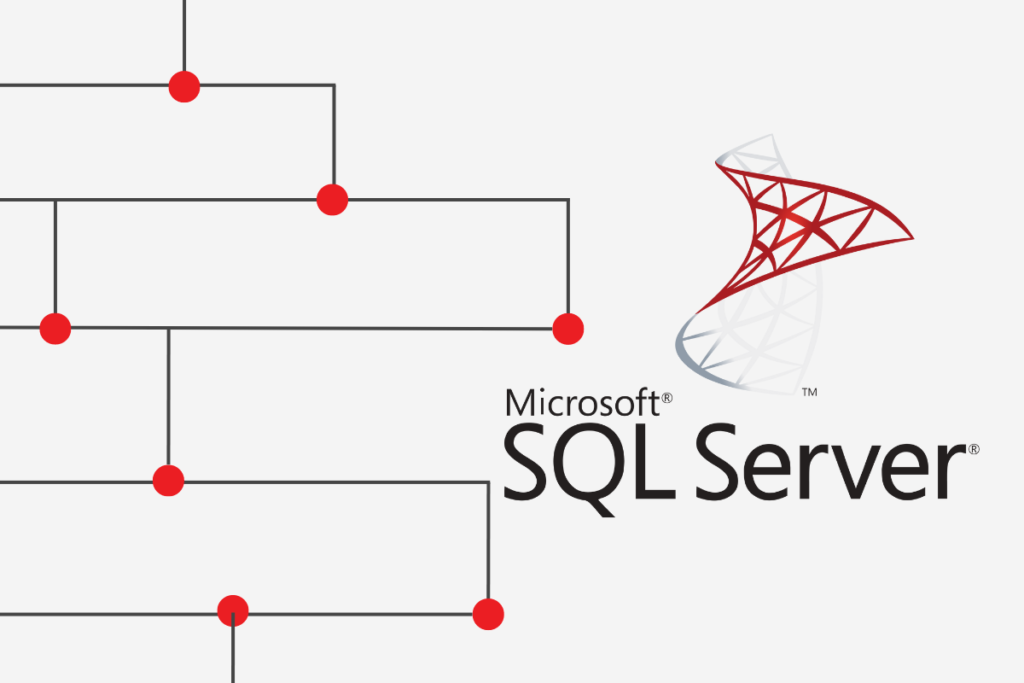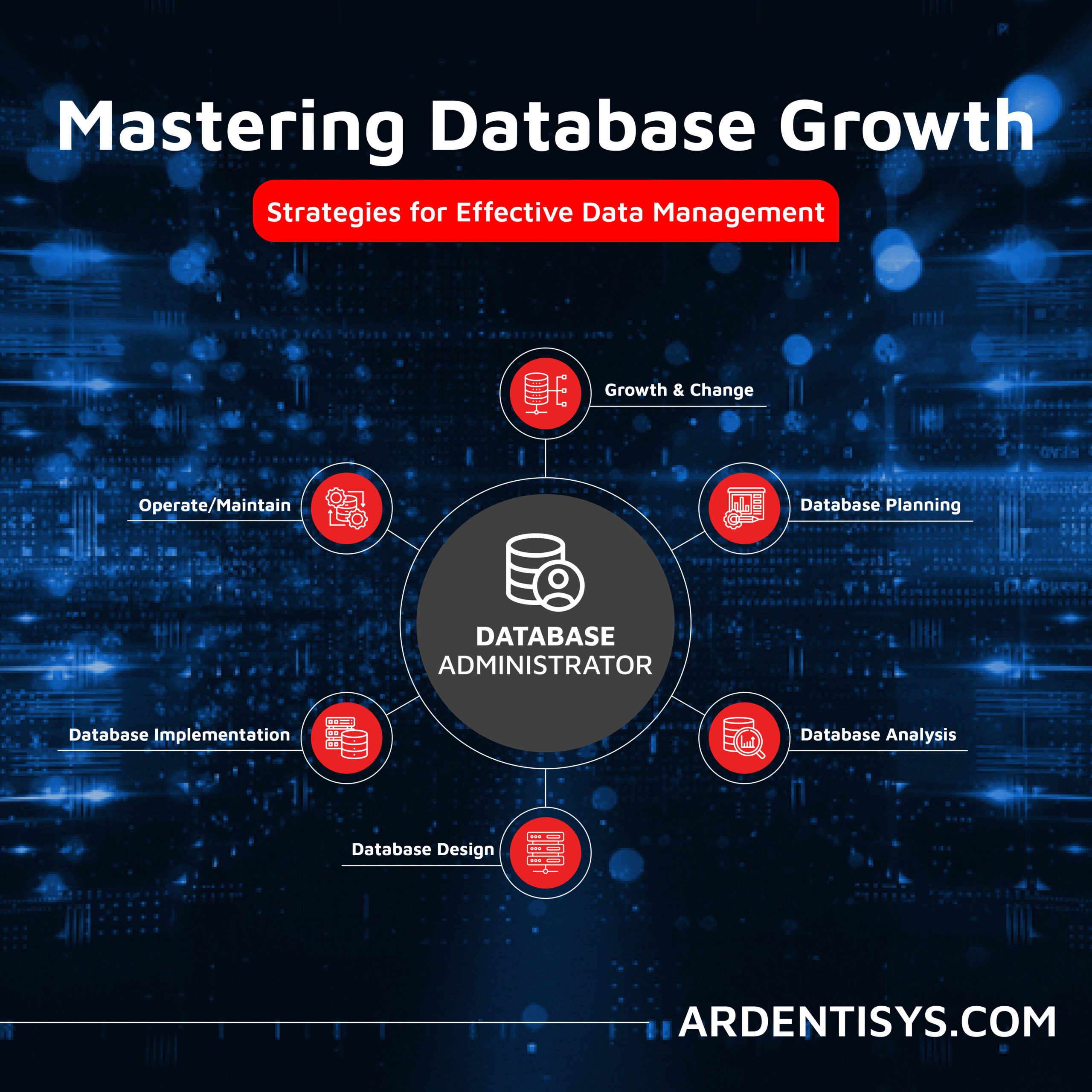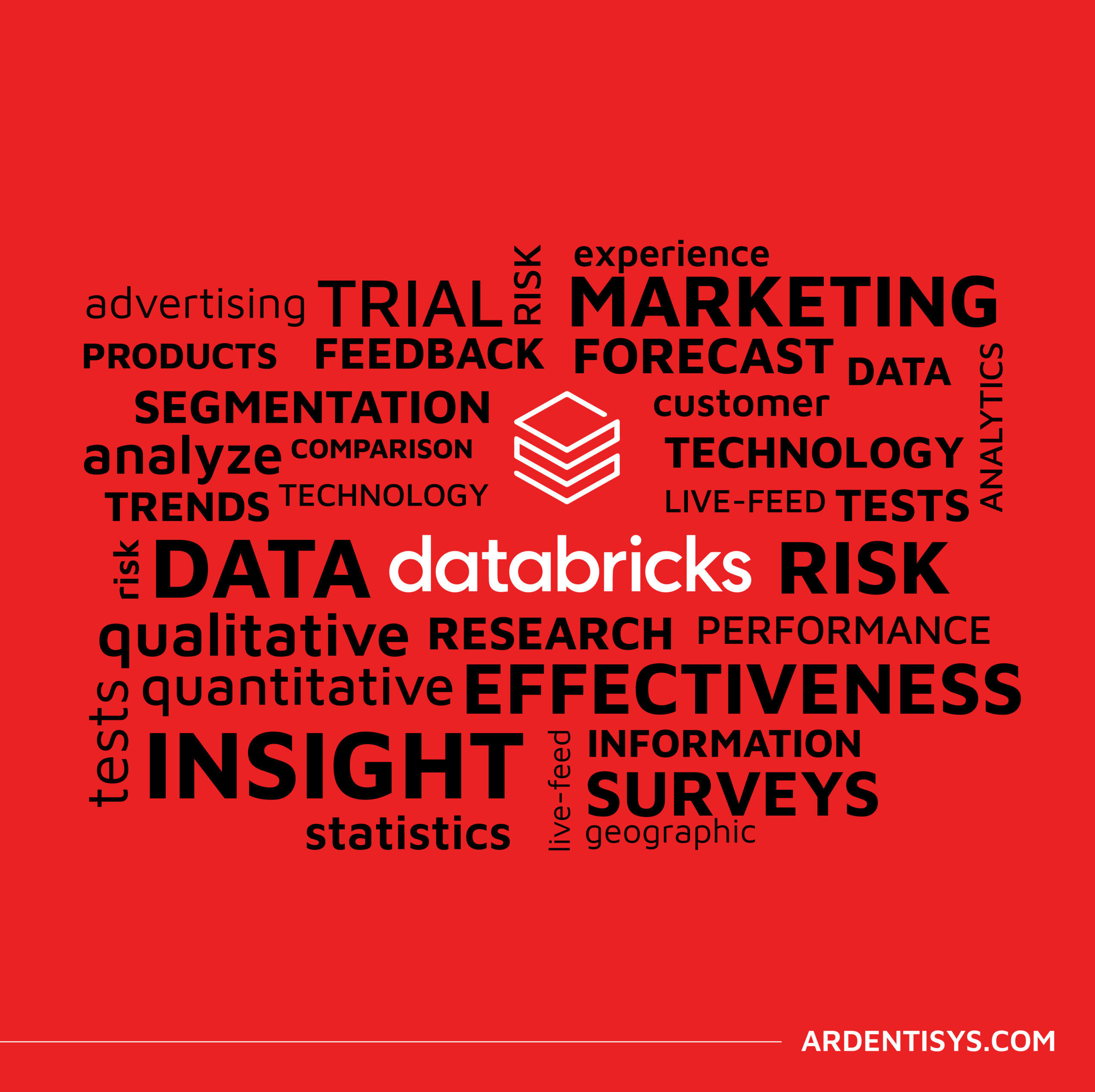Optimising SQL server schema – what you need to know
26 September 2022 | Noor Khan

SQL Database is a collection of tables that stores a specific set of structured data. A database schema is a blueprint of the database, it essentially lays out and describes the relation of the data to other tables or data models and how it is organised.

Over time, as you add more data, or change the setup of your SQL database, the schema can get unnecessarily complicated, and the performance of the database begins to drop. Optimising your SQL server schema is a necessary part of your data management strategy to ensure you are making the best use of your space and have data solutions that run correctly.
What are the benefits of optimising your SQL server schema?
The optimisation process aims to define the most efficient techniques and schema layout. Amongst other things, it can be used to improve query performance, the best use of system resources, and allow performance metrics to deliver results that match the full capabilities of your setup.
SQL performance is affected by table sizes, and the more data you have to be searched through, the more likely it is that your query will be slower, and when you’re using a service which operates on a pay-as-you-use basis (such as Microsoft’s Azure), these fractions of time add up to a waste of budget, and your time.
The technology for SQL schema optimisation
Most cloud platforms will have tools and automated options that provide data optimisation, but there are also options for manual evaluations, detection of performance problems, and monitoring metrics to evaluate runtimes. Some simple optimisation techniques to practice, and things to be aware of include:
- Using INT to store integers instead of strings
- Using Date type, instead of storing dates as string
- NULL columns can be harder to optimise (they need more space and require special processing)
- For primary and foreign keys, choose one datatype and keep it in all tables
What to consider when choosing to optimise your SQL server schema
Before getting started with any critical systems or data evaluations and changes, always check when the last backup snapshot of the data was taken and create a new one (if necessary), so you have a roll-back point should things go wrong.
If the platform you are using has analytic tools and predetermined metric evaluation, it is a good idea to run these first, or undertake an evaluation manually; this allows you to see exactly how your schema is performing and identify areas for optimisation. Then, you can either run the schema optimisation tools or begin your manual adjustments.
When and how you decide to optimise your schema will depend on how often you’re changing or adding to it, and what additions have been made. It is good practice to run the optimisation tools or process on a regularly scheduled basis, to keep your database working properly, and ensure the SQL database can function at its most efficient.
Optimise SQL server schema with Ardent
Ardent data engineers have worked with clients across industries to help optimise schema design for several clients. The optimisation of a schema ensures your data is performing as it should be and is scalable to meet increasing and evolving data sets. If you are facing limitations with your data which are hindering your growth and the fulfilment of your vision, then get in touch to find out how Ardent data engineers can help.
Ardent Insights

Overcoming Data Administration Challenges, and Strategies for Effective Data Management
Businesses face significant challenges to continuously manage and optimise their databases, extract valuable information from them, and then to share and report the insights gained from ongoing analysis of the data. As data continues to grow exponentially, they must address key issues to unlock the full potential of their data asset across the whole business. [...]
Read More... from Optimising SQL server schema – what you need to know

Are you considering AI adoption? We summarise our learnings, do’s and don’ts from our engagements with leading clients.
How Ardent can help you prepare your data for AI success Data is at the core of any business striving to adopt AI. It has become the lifeblood of enterprises, powering insights and innovations that drive better decision making and competitive advantages. As the amount of data generated proliferates across many sectors, the allure of [...]
Read More... from Optimising SQL server schema – what you need to know

Why the Market Research sector is taking note of Databricks Data Lakehouse.
Overcoming Market Research Challenges For Market Research agencies, Organisations and Brands exploring insights across markets and customers, the traditional research model of bidding for a blend of large-scale qualitative and quantitative data collection processes is losing appeal to a more value-driven, granular, real-time targeted approach to understanding consumer behaviour, more regular insights engagement and more [...]
Read More... from Optimising SQL server schema – what you need to know






